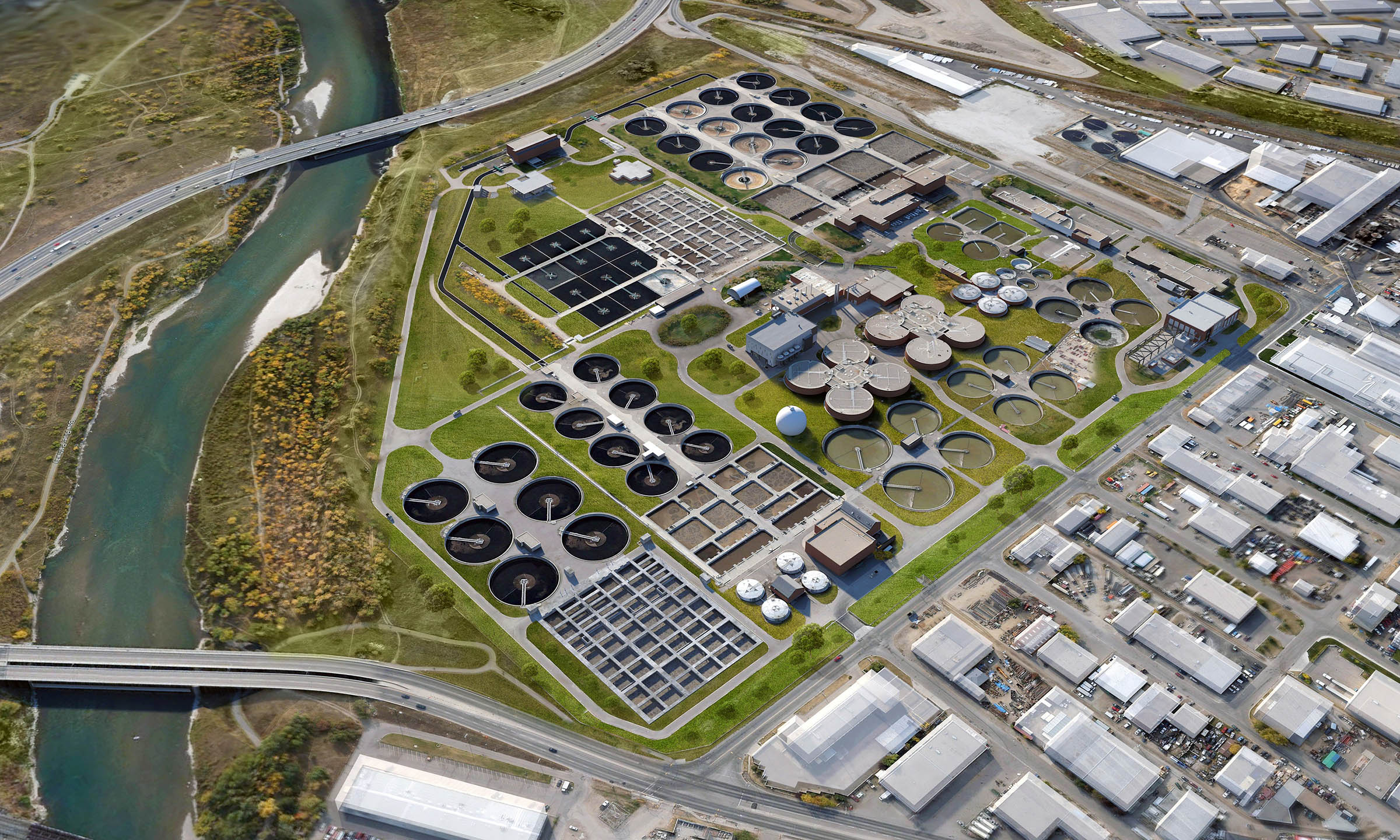Environmental Impact of Waste Water Treatment: What You Need to Know
Environmental Impact of Waste Water Treatment: What You Need to Know
Blog Article
Strategic Approaches to Enhance Drainage Treatment Effectiveness and Reduce Environmental Impact
In the realm of drainage treatment, the quest for improved effectiveness and reduced environmental impact is a continuous difficulty that demands tactical remedies. As society faces the crucial to take care of water sources sustainably, a nuanced strategy comes to be necessary. The assimilation of innovative therapy technologies, energy-efficient procedures, source recuperation techniques, boosted nutrient removal strategies, and clever tracking and control systems represents a multifaceted framework for attending to these pressing worries. Nevertheless, what lies at the core of this complex internet of methods is the prospective to change the means we come close to drainage therapy, not just as a procedure of disposal, however as a valuable chance for technology and ecological stewardship.
Advanced Therapy Technologies
Sophisticated membrane filtering systems have actually transformed advanced wastewater therapy processes, significantly improving the elimination of contaminants. These cutting-edge systems operate forcibly water through a semi-permeable membrane, efficiently separating pollutants from the water stream. The membrane layer's tiny pores catch contaminants such as germs, infections, and put on hold solids, allowing only purified water to go through. This innovation has proven to be highly efficient in eliminating a large range of pollutants, including drugs, heavy steels, and natural compounds, which are usually challenging to get rid of via traditional therapy approaches.
Moreover, membrane layer filtration systems supply many advantages over standard treatment methods. Additionally, these systems are very flexible and can be easily integrated into existing treatment plants or utilized as standalone units for decentralized applications.
Energy-Efficient Procedures
The assimilation of energy-efficient processes in wastewater treatment systems is critical for optimizing resource use and reducing operational prices. One crucial strategy to improving power performance in wastewater therapy is the usage of sophisticated oygenation systems, such as great bubble diffusers or surface area aerators, which can improve oxygen transfer efficiency and decrease power usage.
Furthermore, enhancing process control and automation through the use of sophisticated sensors and keeping track of systems can improve general power effectiveness by changing operations in real-time based on actual demand and conditions. Carrying out power audits and frequently keeping an eye on energy efficiency indications are important practices to determine locations for renovation and track energy-saving campaigns successfully. Generally, the fostering of energy-efficient procedures in wastewater therapy not only benefits the environment but additionally contributes to lasting price financial savings and functional sustainability.
Resource Recovery Methods
With a focus on optimizing source application and sustainability in wastewater treatment systems, the execution of source healing strategies arises as a crucial element in improving operational performance. Source recovery approaches in wastewater therapy include the identification and removal of important resources from the waste stream, thus transforming what was as soon as thought about waste into a beneficial possession. By executing resource recuperation techniques such as nutrient elimination and recovery, power generation from natural matter, and the manufacturing of recyclable water, wastewater therapy plants can lessen ecological effect while maximizing effectiveness.

Enhanced Nutrient Removal Methods
Carrying out advanced nutrient elimination techniques is essential for enhancing the efficiency of wastewater therapy systems. One of the essential strategies used for boosted nutrient removal is the procedure of biological nutrient elimination (BNR), which involves the removal of nitrogen and phosphorus via biological procedures.

In addition to BNR, advanced treatment methods such as membrane layer bioreactors (MBRs) and created wetlands can additionally be utilized to improve nutrient removal effectiveness. By integrating these advanced nutrient removal methods into wastewater treatment systems, industries and municipalities can properly lower nutrient contamination and here are the findings secure the atmosphere.
Smart Monitoring and Control Systems
Making use of sophisticated modern technology, the combination of smart monitoring and control systems look at more info revolutionizes the functional effectiveness of wastewater treatment centers. These systems integrate sophisticated sensors and data analytics to continually check crucial parameters such as pH degrees, turbidity, dissolved oxygen, and circulation rates in real-time. By collecting and assessing this information, operators can gain beneficial insights right into the performance of the treatment procedures, enabling positive adjustments to maximize treatment performance.
Smart monitoring and control systems additionally sustain remote tracking capacities, enabling drivers to gain access to real-time information and control functions from off-site locations. This remote access improves functional flexibility and responsiveness, allowing swift treatments in situation of system breakdowns or fluctuations in influent top quality. Additionally, the predictive upkeep capacities of these systems help stop equipment failures and reduce downtime, inevitably improving the general integrity of wastewater therapy operations (Waste Water Treatment).
Conclusion
Finally, critical approaches such as sophisticated therapy innovations, energy-efficient procedures, source recuperation strategies, boosted nutrient elimination strategies, and clever monitoring and control systems play a critical role in enhancing wastewater treatment effectiveness and lessening ecological influence. By applying these strategies, wastewater therapy plants can improve their overall performance, reduce energy consumption, recover useful sources, and make certain conformity with ecological guidelines. These methods are necessary for efficient and lasting wastewater monitoring techniques.

In conclusion, critical methods such as innovative treatment innovations, energy-efficient procedures, resource healing strategies, improved nutrient elimination strategies, and clever surveillance and control systems play an essential function in enhancing wastewater treatment effectiveness and reducing ecological impact.
Report this page